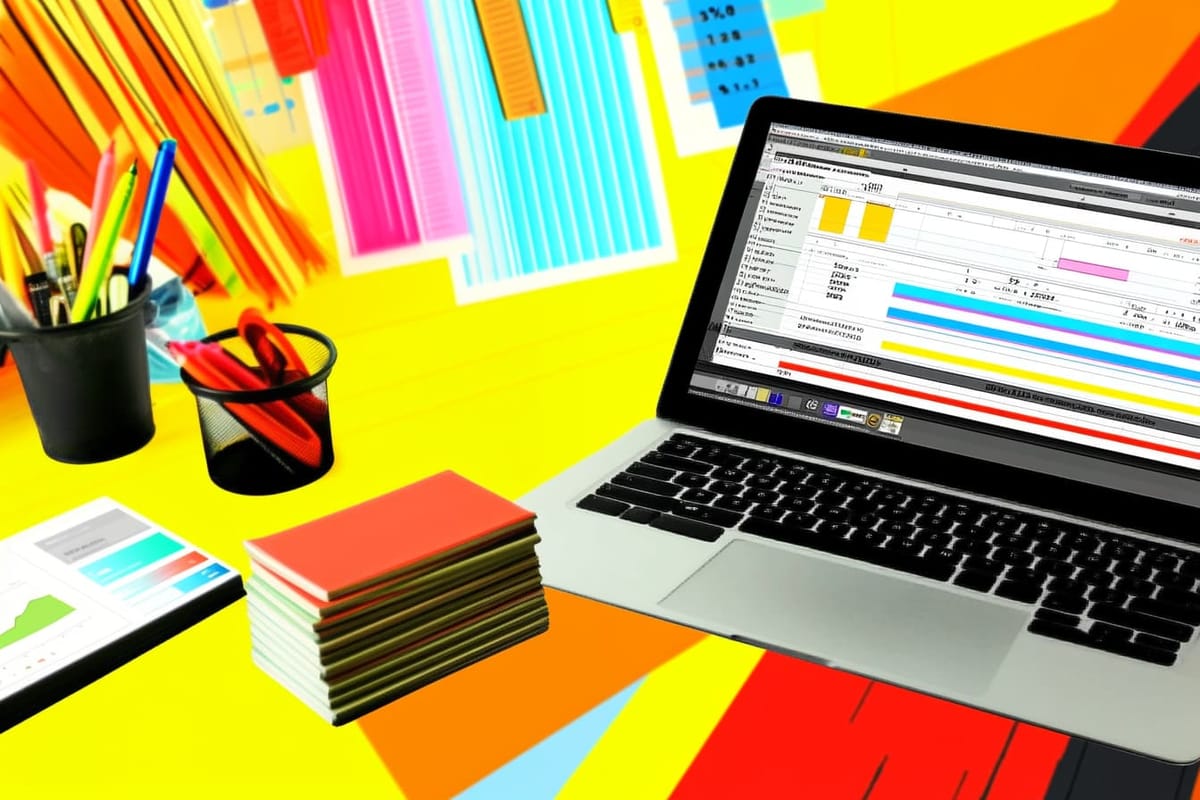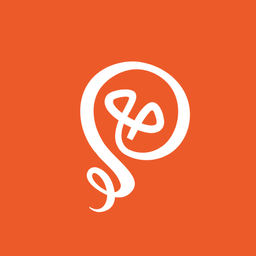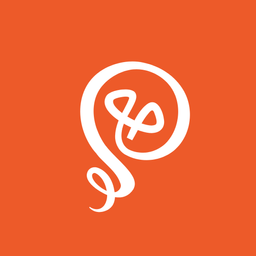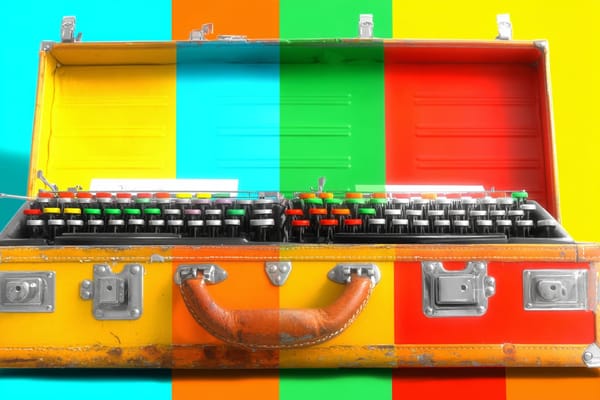How to Create Financial Stability as a Freelancer
Finances don't have to be a roller coaster.

Freelance income is like riding a roller coaster. Sometimes, you might even feel like you're blindfolded and unsure of what's coming next. You might get a new contract that fuels your income for months. Or you might have a sharp drop that makes you question why you ever started freelancing in the first place.
Unless you work with very long-term, retainer clients, stable income is not the experience of most freelancers. But the income variations don't have to be a source of stress. With the right financial systems, you don't have to feel like the roller coaster will make you throw up.
Here are a few days to keep your freelance finances even-keel — even when your income varies.
Set aside as much money as possible
Most of my career has been spent in the banking industry. I spent six years at an actual bank, followed by fifteen years as a fintech before becoming a fintech writer. As I launched my business, I benefited from such a strong financial background — but I know not everyone has had access to the same information.
From Day 1, I set up a system of "paying myself": all client income was deposited into my business's checking account. I transferred money into a personal checking account twice a month — just like receiving a paycheck from an employer.
As soon as I could afford to do so (after paying myself), I started to set money aside in a rainy day fund. If I had a lower-income month, I could pull money from my emergency fund, so that I could "pay myself" the amount I was expecting.
Later, I used my emergency fund as a vacation fund. I could take weeks off throughout the year, know that my income for the month would be lower, and use my emergency fund to maintain a steady income.

Create "buckets" for your savings
Eventually, a single savings account wasn't enough to manage my business. I wanted separate accounts for different purposes.
My savings accounts are separated into the following:
- Emergency/Vacation Fund
- Taxes: To pay business taxes, so you're not scrambling later
- Business Development: To pay for things that enhance my business
My business development fund covers a lot of things. I've used it to pay for courses I want to take or cohorts I want to join. I also used the account to pay for a brand designer to help me come up with a logo, color/font scheme, and Canva templates to use for my social media.
Without money set aside, I might ignore opportunities to learn or grow my business. But by setting aside a little amount each month, I have a fund ready when I want to make an investment.
Consider alternative business models
Retainers are an enticing business model for most freelancers. You're guaranteed a steady income, which makes your financial management a lot easier.
My business model is almost entirely project-based work. I take ad hoc assignments from my clients: they need something, and I add it to my next available "slot."
While this sounds like it would cause huge variations in my income, the opposite is true. Most of my clients reliably send me several assignments per month, even though they're not guaranteed. It's also easy for me to take time off, because I'm not committed to a fixed amount of work per month.
I earn enough from my regular clients, and they account for about 70% of my capacity. That means, I almost always have the bandwidth to take on new clients — which keeps my calendar full. Some clients rotate in and out quickly, because they only need me for a short period of time. And that's ok.
Bonus: It's much easier for clients to say "yes" to project-based work than long-term agreements. When the economy is rough and budgets are tight, this gives me an advantage over other freelancers.

Promote yourself constantly
Part of maintaining a healthy sales pipeline, and ensuring that I have consistent work, is getting myself in front of potential clients.
Some freelancers send cold pitches, but that's not my style. I prefer inbound work. The most effective way for that to happen — for me — is to show up on social media. LinkedIn is still the best social channel for the type of clients I work with (mostly B2B tech companies).
Social media takes a lot of work. I have to spend time every week writing and scheduling content. This comes at a cost: my time. Time I spend on social media is time I can't spend on client work. But over the years, I can correlate my social presence with inbound inquiries.
Showing up on LinkedIn doesn't have to feel cringe. You can promote yourself by talking about your process, the behind-the-scenes of your work, or sharing client wins that you're proud of. Talk about things that are interesting or important to you and you'll be much more authentic than a robotic rotation of things you feel will make the algorithm happy.
I talk about several different topics, and my weekly content is a rotation of these topics. I also vary my content between text-based posts, images (created in Canva), and videos. I use Buffer to pre-schedule posts so I don't have to think about it every day.
Build your financial systems early
If I could offer one piece of financial advice for freelancers, it would be to build your financial systems as early as possible.
Create a budget based on your average income and monthly expenses. Set aside any extra money in a savings account for a rainy day. Use an accounting software like Wave, Quickbooks Self-Employed, or Xero to keep track of everything. Figure out how you're going to build a steady pipeline of work.
You might tell yourself that your business is small and you don't need those things yet. But the last thing you want is financial stress in the future, especially as your business is growing. You can't always control the ups and downs of your income, but you can control how you manage your finances, and that makes a huge difference.
Need to review the health of your business? Check out my quarterly planning checklist for solopreneurs.







